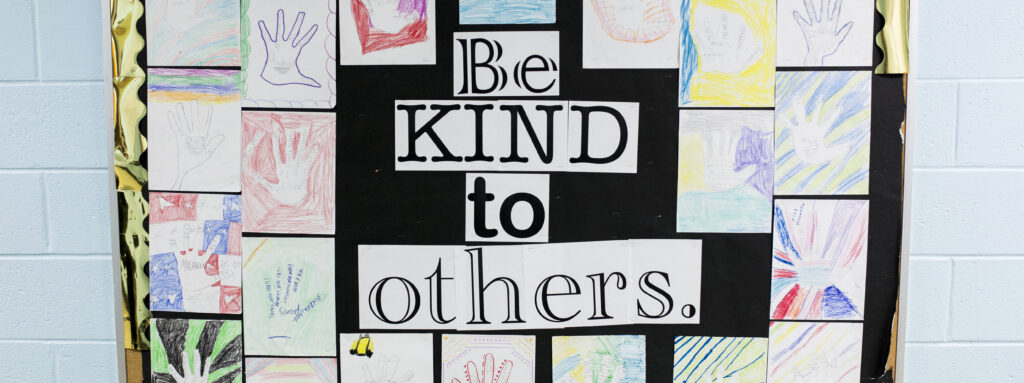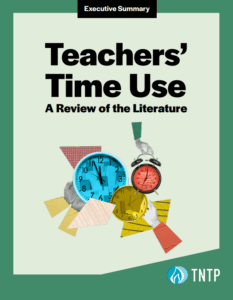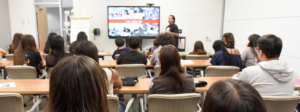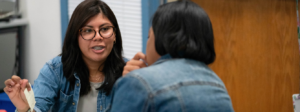When many people think of an Asian American student, they have a singular vision: a student who does well academically, is compliant, and has wealthy and well-educated parents. This student thrives in basically any context—and so doesn’t warrant much attention.
Not only is this assumption—known as the “Model Minority Myth”—wrong, but it is actively harmful. Asian Americans are an incredibly diverse collection of communities, speaking many languages and coming from many cultures and backgrounds. And while many Asian Americans are academically and economically successful, many are not. While Asian American families have the highest median income of all racial groups, they also have the largest income gap. Asian Americans are also the least likely racial group to report speaking English at home or speaking it well, which can present huge challenges in school, especially in virtual learning.
COVID-19 has brought its own challenges. Due to pervasive racism and xenophobia often encouraged by elected leaders, this past year has seen a huge increase in anti-Asian discrimination—one report that surveyed Chinese students age 10-18 found 80% of those students had experienced or witnessed COVID-19-related discrimination in person or online—that has in many cases resulted in violence and murder. Additionally, since many Asian Americans live in multigenerational households, they face additional risk of spreading the virus to at-risk family members. Given all this, it should be no surprise that Asian American students have opted out of in-person school at high rates.
So when we talk about the education inequity students of color face, Asian Americans need to be part of the conversation—not at the expense of other students of color, but in a joint effort to destroy white supremacy. Schools and districts need to not just communicate with, but truly value the experiences of Asian Americans, and see them for the diverse, vibrant collection of cultures they are.
Over the next few weeks, members of the TNTP Asian Staff Affinity Group will be sharing personal reflections on these issues, as well as short- and long-term steps schools and school systems can take to better support Asian American students and their families. Below, Morna Ha, a Director on TNTP's consulting team, reflects on her own family's story of immigrating to the United States, and explains that, “in the Asian American community, depending on when you arrived and how you arrived to the United States, you can have a very different experience.”








